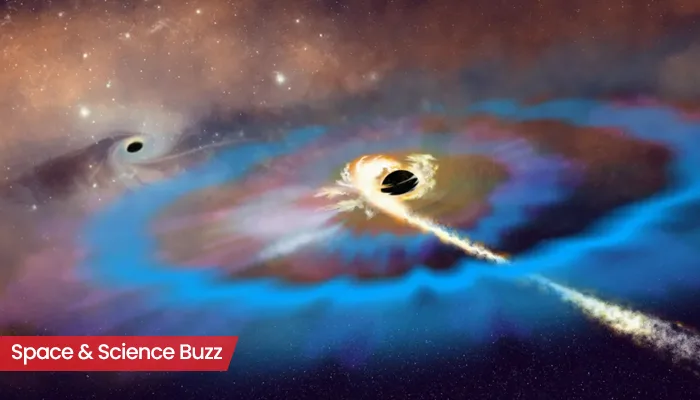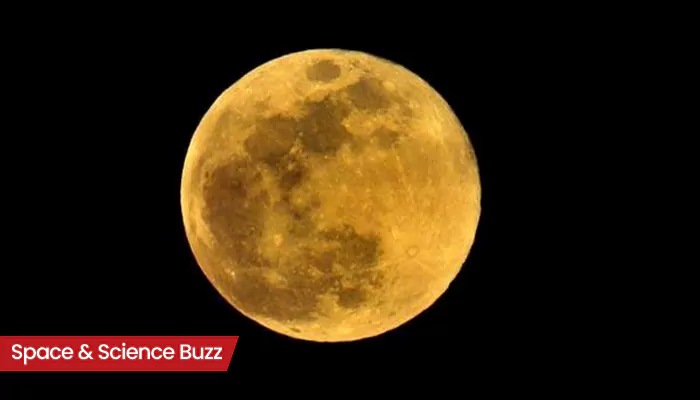
Here are today’s most important updates from the realm of Science and Space.
The Moon Isn’t Still - Quakes Are Reshaping Its Surface
Active landslides are taking place on the Moon, triggered by moonquakes, scientists have found. The new findings are expected to help in the selection of more stable sites for future lunar bases as countries aims to establish a research station in the lunar south pole region by 2035. By comparing 562 pairs of before and after images of 74 sites in the least stable areas on the Moon, scientists detected 41 new landslides on the Moon since 2009. While 30 per cent of new landslides were triggered by new impact events, the majority of them were induced by moonquakes from within the lunar body.
Zooming Past Limits - Parker Solar Probe Travels India’s Length in 19 Seconds
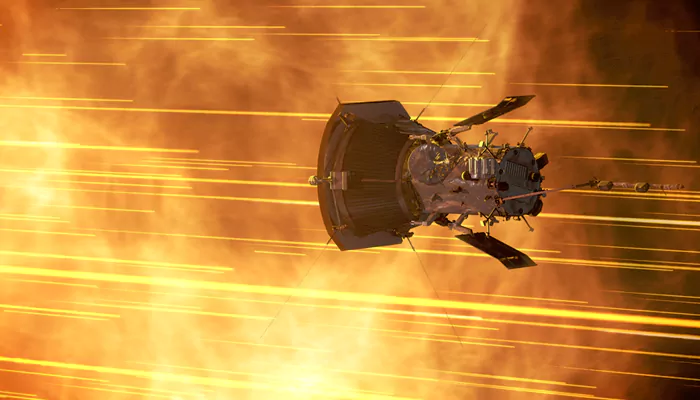
NASA’s Parker Solar Probe has once again made history, checking in with flight controllers at the Johns Hopkins Applied Physics Laboratory (APL) in Laurel, Maryland on September 18 after completing another record-breaking close approach to the Sun. The spacecraft, which was designed and built at APL, sent back a beacon tone confirming that its systems were operating normally following its autonomous manoeuvre through the Sun’s atmosphere. During this latest encounter, which spanned September 10 to 20, Parker matched its own world-record speed of 6,87,000 kilometers per hour. This extreme velocity was also reached during close approaches on December 24, 2024; March 22, 2025; and June 19, 2025, marking the fourth time the spacecraft has achieved such speeds.
Jeff Bezos’ Rocket Cam Reveals Rare Free-Flying View of Earth
What a view. From our new free flying camera — deployed on yesterday’s New Shepard mission. (The “bubble” is the seam between two 180 degree lenses.) pic.twitter.com/X6nX5vz2YT
— Jeff Bezos (@JeffBezos) September 20, 2025
(Credit: X/@JeffBezos)
Blue Origin has successfully completed its 35th flight of the New Shepard suborbital rocket, marking another milestone for the company’s payload program. Among the highlights of the flight was a new free-flying camera system designed to capture never-before-seen views of the spacecraft in flight. Launched from its Launch Site One in West Texas, the mission represented the vehicle’s 15th dedicated payload flight and carried more than 40 experiments and research payloads from students, NASA, universities, and commercial organisations. With this mission, the company has now flown over 200 science and research payloads aboard New Shepard.
Cosmic Casualties: Russia’s Space Mice Mission Ends With 10 Missing
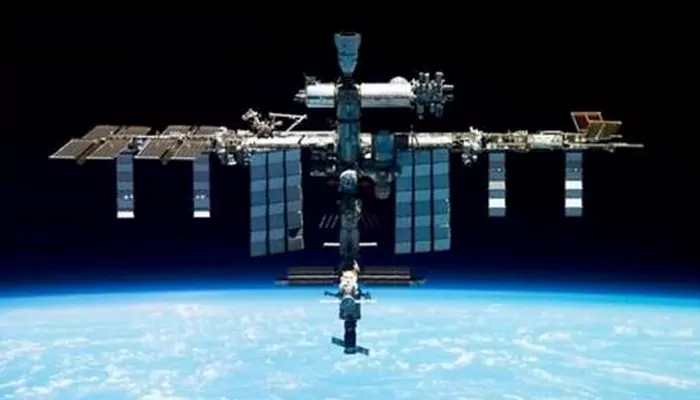
Russia’s Bion-M No. 2 biological satellite mission concluded its landing, successfully returning dozens of space-flown animals to Earth, though not all survived the journey. Of the 75 mice sent into orbit for biomedical experiments, 65 returned alive, while 10 perished during the mission, according to officials from the Russian Academy of Sciences. The descent vehicle landed smoothly with the help of search-and-rescue teams and local authorities. At the landing site, a small fire was ignited in dry grass, but it was quickly contained with the assistance of the regional administration. The 75 mice that travelled onboard were divided into experimental groups designed to test biological resilience in space.


.webp)
.WEBP)
.WEBP)
.webp)
.webp)
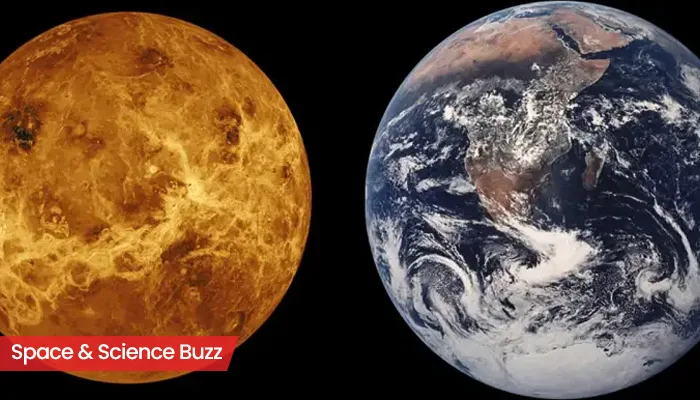
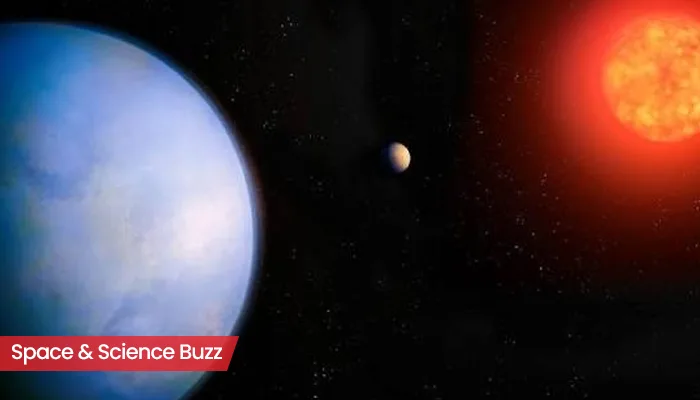
.webp)
.webp)
.webp)
